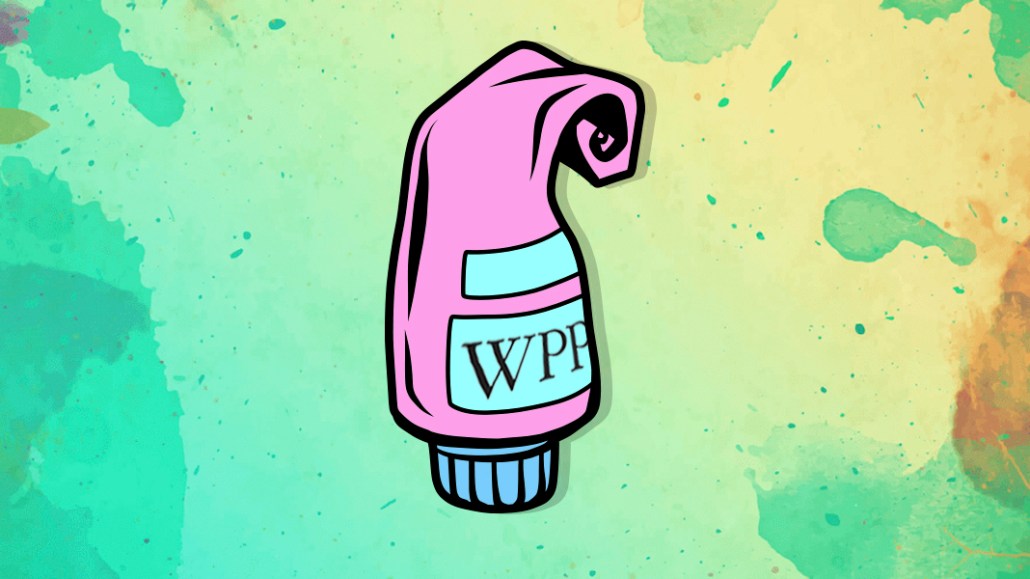
Mark Read is set to take full control of WPP. He does so at a time of tumult and uncertainty at WPP, which has seen its stock hammered. Here are the challenges Read must address.
WPP must restructure with purpose around its top brands
Sorrell knew that WPP needed to be leaner, and under his tenure, smaller agencies disappeared into larger ones. But those moves were made in the interests of the group, rather than its clients, as Read has previously acknowledged.
“If those businesses were really being brought under one P&L, then the demeanor of the group would’ve been very different,” said a former WPP executive on condition of anonymity. “There was no real thought about what those mergers were going to do beyond create efficiencies.”
Read will need to reassess the strategy before he calls time on more agencies. Larger network agencies are just too big to restructure in a way that will make them easier for marketers to navigate. All networks have this challenge that sees them needing to become more responsive, less layered and less bureaucratic — descriptions Sorrell has raised since his departure from WPP.
“From what I’ve heard from senior WPP CEOs, they’ll continue to merge smaller agency brands to improve administrative efficiency and offer clients’ broader capabilities under one roof,” said a source with knowledge of the WPP’s plans.
Read has been groomed for the top job for several years, having sat on the WPP board and then run WPP Digital when he was the boss of Wunderman. Furthermore, he will have a clearer idea of how to balance the efficiency needs of the agency with the service needs of clients when contemplating upcoming mergers due to his experience when Possible and Wunderman were brought together last year.
“A holding group CEO isn’t there to fill empty seats anymore like they might have been in previous years,” said the former WPP exec. “It’s about understanding what the business is going to be in three to five years and then asking who can manage that. The agency of the future may look very different to the 400 acquisitions under one umbrella that it is today, and that means changing the way the bosses think about finance.”
Build an agency model that’s less reliant on media budgets
More marketers are querying how media buyers spend their money, and that’s making it harder for agencies to make as much margin as they once did. As the biggest agency network, WPP felt that impact harder than most. It lost $2.6 billion in its market value after it reported flat growth in 2017. The next phase of WPP’s growth can’t be sustained on media trading alone. It’s why some of WPP’s media agencies are already trying to pull back from actually buying the media for clients and are increasingly trying to teach their clients how to do it instead. Consulting is where the margin is for media buyers now media buying is becoming automated.
“The smartest clients are asking us to help them bring media trading in-house over a long-term period,” said a senior exec at a WPP agency. “They realize automation of media buying is going to become rife and believe that their in-house function will eventually entail someone checking machines. Clients are saying they don’t want to lose the independent, strategic advice they get from agencies because they can’t take media in-house on their own. There are huge opportunities for us to increase our margin with clients if we get this right.”
It’s a plan that could see Mediacom hand over parts of the media trading process that have become cumbersome to the clients, and take control of the parts they aren’t setup to do. Under Read’s stewardship, Mediacom could pitch itself to larger clients as an extension of their marketing team.
Clients will make that decision based on the agency’s creative thinking rather than buying power. Read’s challenge is to be able to surround its planners, creatives and strategists with the tools needed to make the best choices for WPP’s clients in the most creative way. That model takes time to build, time that Read doesn’t have. WPP’s share price nosedived after it cut its profit forecast in March, and shareholders will be impatient for the business to return to growth.
“I think that the holding companies are rapidly moving toward a delivery of services to clients that is more consultative and creative, and that is much more valuable to clients than executing on marketing plans, said David Wiener, who advises agencies on acquisition and growth strategies.
Pay more attention to the threat of the management consultants and the duopoly
Sorrell made it known that he didn’t see the likes of Accenture and Deloitte as a threat to the agency business. And while there’s been a dearth of big client wins in that space to prove him wrong, advertisers are starting to consider the consulting firms. Read can’t afford to be as dismissive as his predecessor.
Under Sorrell, WPP’s relationship with Google and Facebook were “frenemies,” according to the exec, on account of the vast sums the group spent with a rival for talent and budget. Under Read, that relationship is set to change. Mediacom, for instance, is building more tools on top of the marketing and media buying technologies of Google, Facebook and Amazon now that those same platforms have automated away many service-layer roles.
More in Marketing

After watching X’s ownership issues play out, marketers brace for TikTok whiplash in 2026
TikTok’s ownership drama has echoes of X (formerly Twitter), but ad performance has kept marketers for fleeing—for now.

‘There’s no room for purists’: Generative AI is altering the agency junior talent search
AI is altering agency business models. It’s altering the skills they’re hiring for and where they’re hiring them from, too.

For platforms, here’s what’s not going to happen in 2026
Rather than the traditional platform predictions, this is a list of what Digiday believes won’t happen next year.








